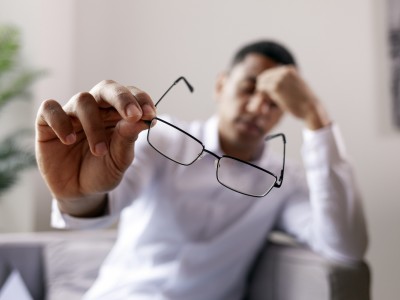
What is low vision?
11 September 2025
Low vision is a significant decrease in visual ability that cannot be corrected with glasses, contact lenses, medication, or surgery. The World Health Organization (WHO) defines it as visual acuity less than 20/70 in the better eye with correction, or a considerable reduction in the visual field (peripheral vision), which affects the patient's autonomy.
It does not imply total blindness, as the person retains a certain degree of useful vision that can be utilized with the aid of optical and non-optical devices and vision rehabilitation programs.
Most common causes
Low vision can occur at any age, although it is more common in older adults. The main causes include:
- Age-related macular degeneration (AMD)
- Advanced glaucoma
- Diabetic retinopathy
- Retinitis pigmentosa
- Untreated dense cataracts
- Eye injuries or trauma
Impact on daily life
People with low vision often have difficulty with:
- Reading and writing
- Recognizing faces
- Watching television
- Orienting and moving around in new spaces
- Performing activities
This can affect independence, self-esteem, and quality of life if proper guidance is not provided.
Vision rehabilitation
The good news is that low vision doesn't mean the end of independence. Through vision rehabilitation and the use of specific aids, patients can maintain an active life. Some tools include magnifying glasses, optical telescopes, and special lenses with filters.











